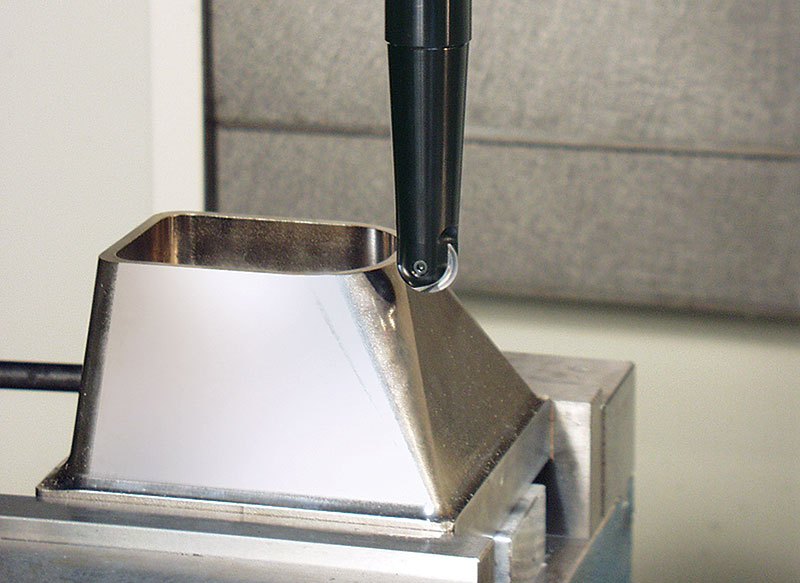Shop by Category
Loading...
Ball Nose Finishing Application Information
Ball Nose Technical Considerations
- Always use anti-seize compound on threads and screw body.
- Thoroughly clean pocket and screw at each insert change.
- Change insert screw every 10 inserts.
- Use high quality tool holders for rigidity and concentricity: milling chucks, heat-shrink and mechanical shrink holders are recommended; collets and end mill holders are not recommended.
- Cutter bodies will wear and fatigue over time; inspect tool before each use.

Recommendations for Finish Milling
- Maximum Depth of Cut (DOC) for finishing should be less than or equal to 10% of ball diameter.
- Stepover should be greater than or equal to DOC.
- Ball nose tools are not designed for roughing. Use high-speed machining techniques (light DOC and high feed rates) for stable and fast cuts where greater metal removal is required.
- Climb milling is preferred.
- When plunging with Ball Nose, use pecking cycle with a maximum of .002" FPT; maximum recommended depth is 30% of ball diameter.
- Back Draft and Flat Bottom Inserts are not designed for plunging; ramp in at a maximum angle of 2°.
- Compensate for Effective Cutting Diameter (see Feed, Speed & Diameter Compensation).
- Compensate for chip thinning with Feed Rate Adjustment (see Feed, Speed & Diameter Compensation).
- Surface finish (RMS) is a function of stepover and feed per tooth.
- Try to work within recommended surface footage and chip loads.
- Decrease feed rate coming into corners to reduce chatter.
- For long-reach applications, utilize the Carbide Shank/Carbide Core cutting tools for increased rigidity and reduced chatter.

